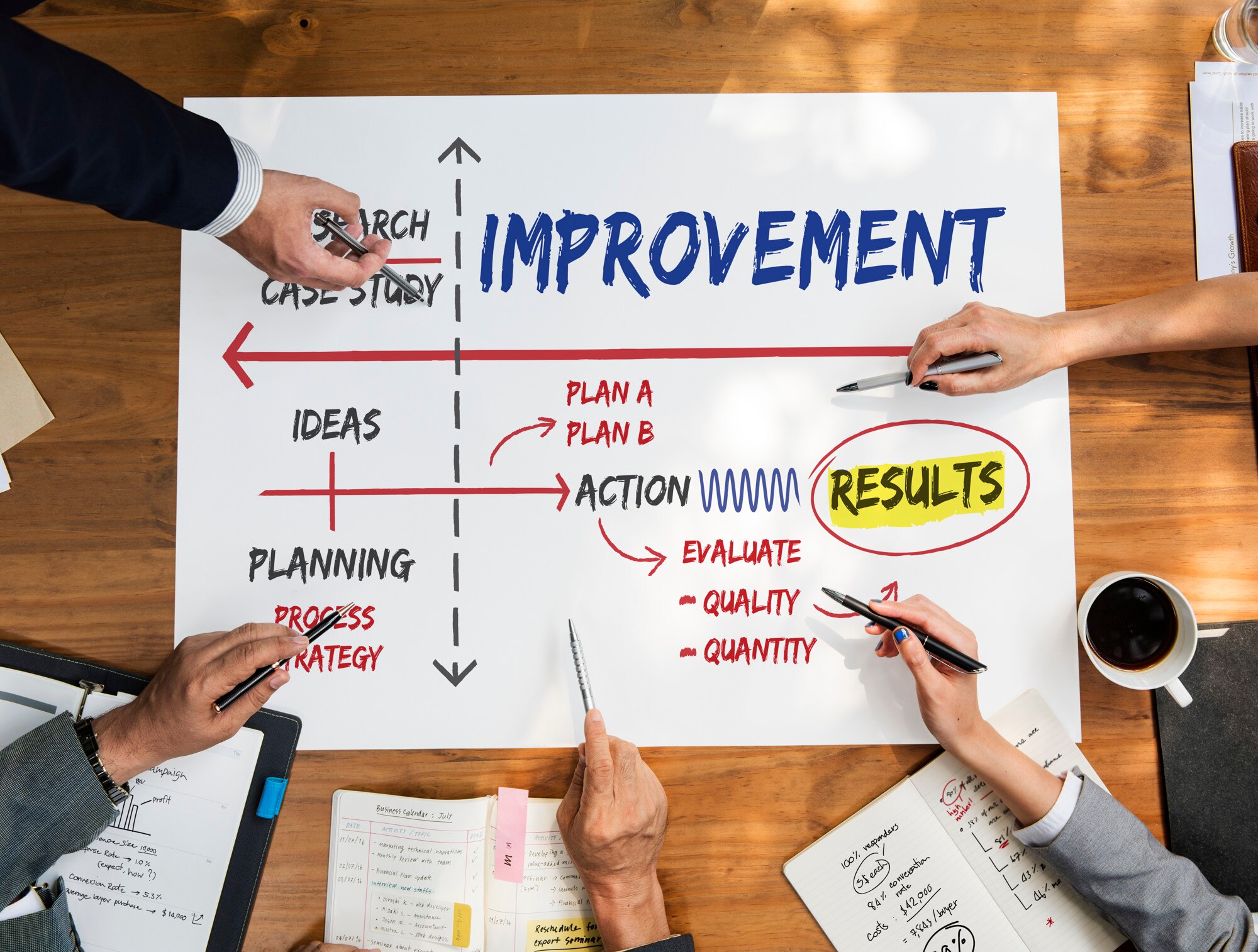Welcome to the ninth part of our Agile Project Management Series. In this segment, we’ll explore the crucial elements of continuous improvement and retrospectives—integral components in the Agile journey. Join me as we delve into the art of conducting effective retrospectives, implementing feedback, and fostering a culture of continuous improvement that propels Agile methodologies like Scrum, XP, Kanban, and more.
9.1 Conducting Effective Retrospectives: The Heart of Agile Learning
Definition of Retrospectives:
- Purpose and Focus:
- Reflection: A dedicated time for the team to reflect on the recent iteration.
- Feedback Gathering: Gathering insights on what went well, what didn’t, and potential improvements.
- Continuous Learning: A platform for continuous learning and team enhancement.
Key Components of Effective Retrospectives:
- Safety and Openness:
- Psychological Safety: Creating an environment where team members feel safe to express their opinions.
- Open Communication: Encouraging honest and transparent discussions.
- Non-Blame Culture: Fostering a culture focused on improvement rather than blame.
- Structured Format:
- Start-Stop-Continue: Identifying practices to start, stop, or continue.
- Timeline Analysis: Reviewing events and milestones to identify patterns.
- Actionable Outcomes: Defining concrete actions for improvement.
- Inclusivity:
- Team Involvement: Involving the entire team in the retrospective process.
- Roles Rotation: Rotating roles, such as the facilitator, to promote diverse perspectives.
- Feedback Loops: Gathering feedback on the retrospective process for ongoing improvement.
9.2 Implementing Feedback: Nurturing Agile Evolution
Feedback Loop Integration:
- Real-Time Feedback:
- Daily Stand-ups: Providing a platform for daily updates and immediate issue resolution.
- Continuous Integration: Immediate feedback on code integration through automated testing.
- User Feedback Channels: Establishing channels for users to provide real-time input.
Iterative Adaptation:
- Sprint Retrospectives:
- Iterative Improvement: Regularly refining processes based on retrospective outcomes.
- Adaptive Planning: Adjusting plans and priorities based on continuous feedback.
- Risk Mitigation: Identifying and mitigating risks through iterative adaptation.
Tools for Feedback Gathering:
- Surveys and Polls:
- Post-Sprint Surveys: Gathering anonymous feedback on the sprint experience.
- Continuous Pulse Checks: Regularly assessing team morale and satisfaction.
- Collaborative Platforms:
- Digital Boards: Utilizing tools for virtual retrospectives and collaborative feedback.
- Anonymous Forums: Creating spaces for team members to share feedback without attribution.
9.3 Fostering a Culture of Continuous Improvement: The Agile Mindset
Leadership Role:
- Lead by Example:
- Demonstrate Adaptability: Showcasing a willingness to adapt based on feedback.
- Encourage Learning: Promoting a culture where learning from mistakes is celebrated.
- Transparent Communication: Communicating openly about challenges and improvements.
Recognition and Celebration:
- Highlighting Successes:
- Acknowledging Achievements: Celebrating milestones and successful outcomes.
- Team Recognition: Recognizing individual and collective efforts.
- Learning from Success: Understanding what contributed to successful outcomes.
Training and Skill Development:
- Investing in Learning:
- Training Opportunities: Providing continuous learning opportunities for the team.
- Skill Development Plans: Collaboratively creating plans for individual skill enhancement.
- Cross-Functional Exposure: Encouraging team members to explore diverse roles and skills.
9.4 Continuous Improvement in Agile Methodologies: Real-World Applications
Scrum Continuous Improvement:
- Retrospective Ceremonies:
- Sprint Retrospectives: Regular retrospectives at the end of each sprint.
- Release Retrospectives: Reflecting on the overall release and product evolution.
- Team Collaboration: Involving the entire Scrum team in the improvement process.
XP Evolution Practices:
- Frequent Communication:
- Pairing Reflections: Regular discussions on pairing experiences and improvements.
- Test-Driven Development (TDD) Reviews: Evaluating the impact of TDD on code quality and efficiency.
- Learning Circles: Organizing sessions where team members share insights and learnings.
Kanban Continuous Enhancement:
- Visual Management Insights:
- Reviewing Flow Metrics: Regularly analyzing metrics for workflow efficiency.
- WIP Limits Adjustments: Iteratively adjusting work-in-progress limits for optimal flow.
- Kaizen Workshops: Hosting workshops focused on continuous improvement.
